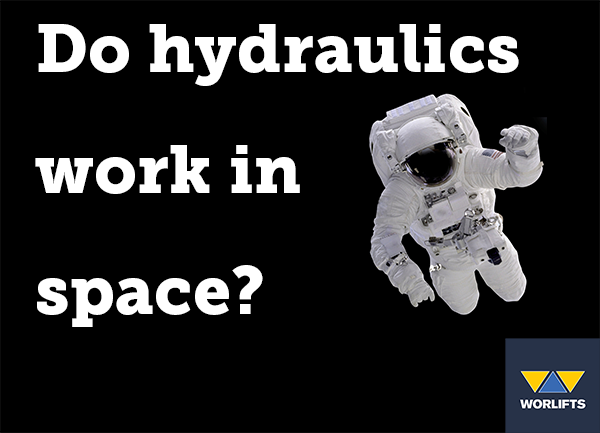Do Hydraulics Work in Space

But do hydraulics work in space?
The short answer is yes. But let's elaborate.
In space, everything gets more complicated. On NASA Shuttles, there are three independent hydraulics systems, which provide hydraulic pressure for positioning.
The hydraulic systems used on The Shuttle are designated 1, 2, and 3 consist of a main hydraulic pump, hydraulic reservoir, hydraulic bootstrap accumulator, hydraulic filters, control valves, hydraulic/ Freon-21 heat exchanger, electrical circulation pump and electrical heaters (NASA). Their aim is to:
- Provide thrust vector control for all three main engines
- Propellant control of various valves
- Control rudder and brake speed
- Retract external tanks and disconnect umbilical connections at tank jettison
- Power main and nose landing gear deployment (hydraulic system 1)
- Power landing gear brakes (hydraulic system 1 and 2)
- Provide nose wheel steering (hydraulic system 1)
As you can see from the parts list above, hydraulic systems in space are significantly more complicated than most of the basic applications here on earth. The main hydraulic pump for each hydraulic system is a variable displacement type and each operates at 3,900 rpm when driven.
Although independent, each hydraulic system works together in one form or another, with one task leading onto the next. For example, loss of hydraulic systems 2 and 3 world result in the loss of half the braking power of each wheel. This would be deemed an emergency.
Other hydraulic system applications can be found in the International Space Station. It is not clear how many hydraulic systems are in the International Space Station, but we know one plays a pivotal role in the loading boom. We also know that there's a complicated hydraulic system which operates some of the Space Station's manoeuvring capabilities - think the system on a Space Shuttle, only much bigger.
So, hydraulics not only work in space, they currently play an essential role in the operation of space vehicles and are critical to missions.